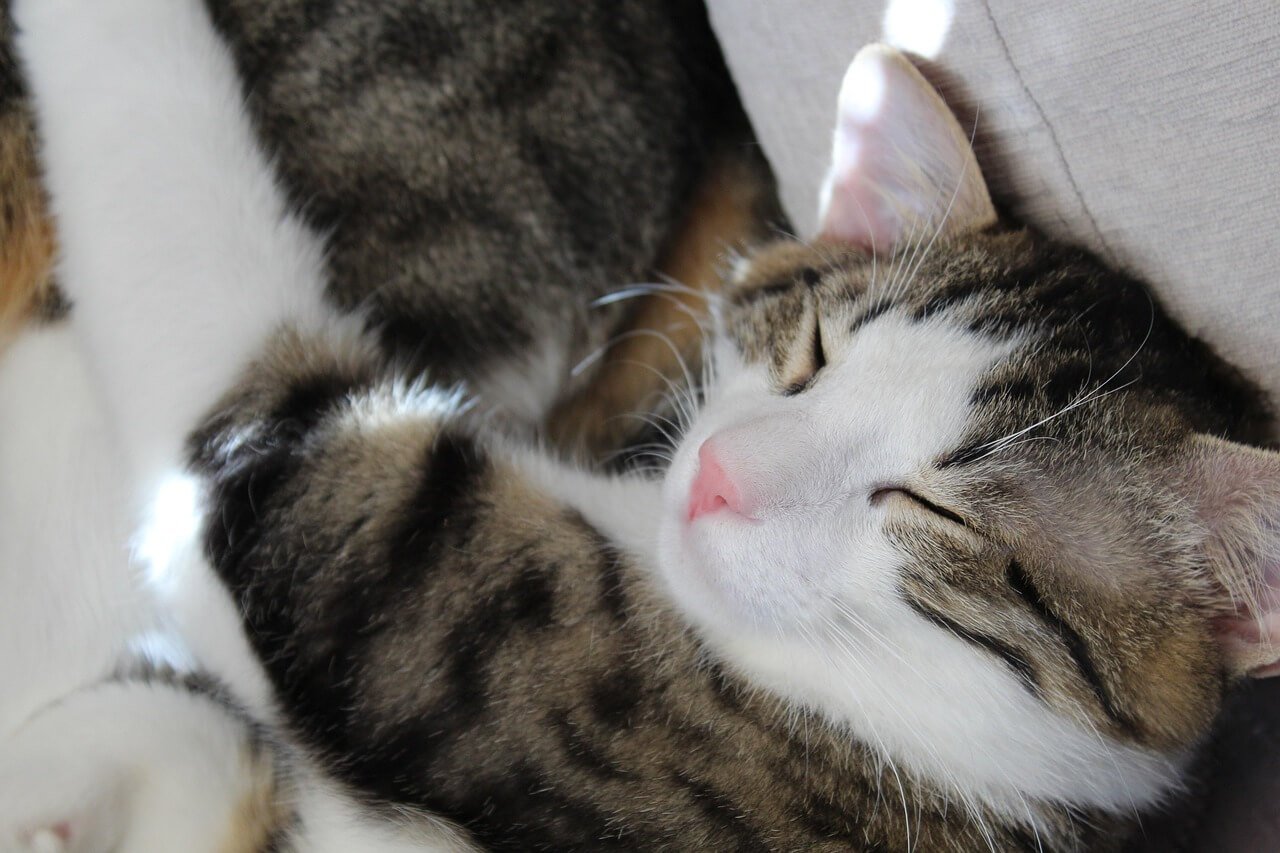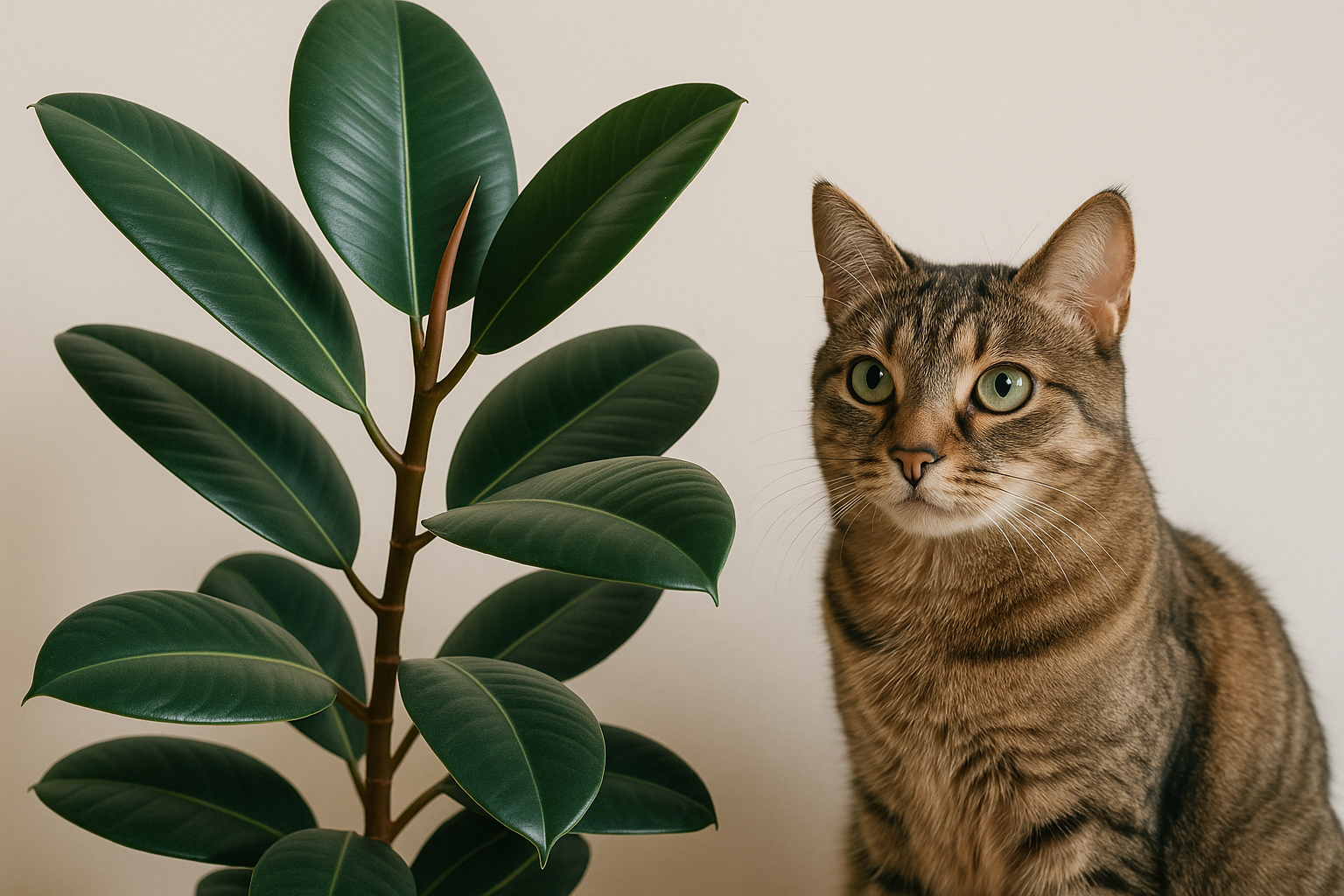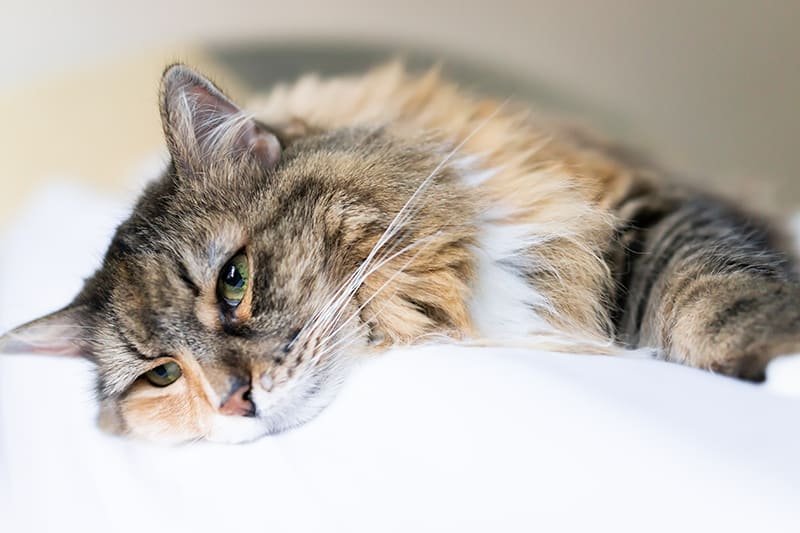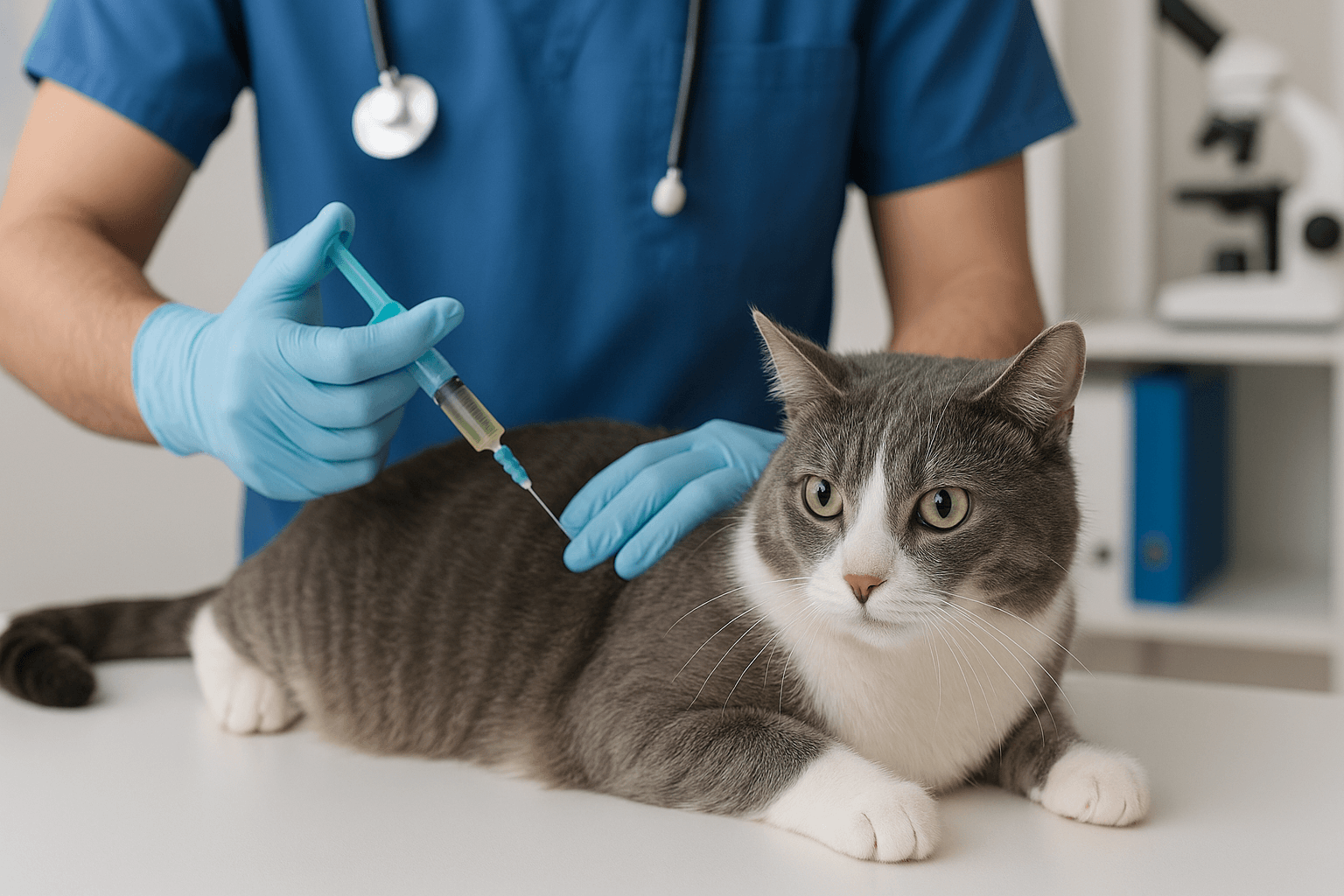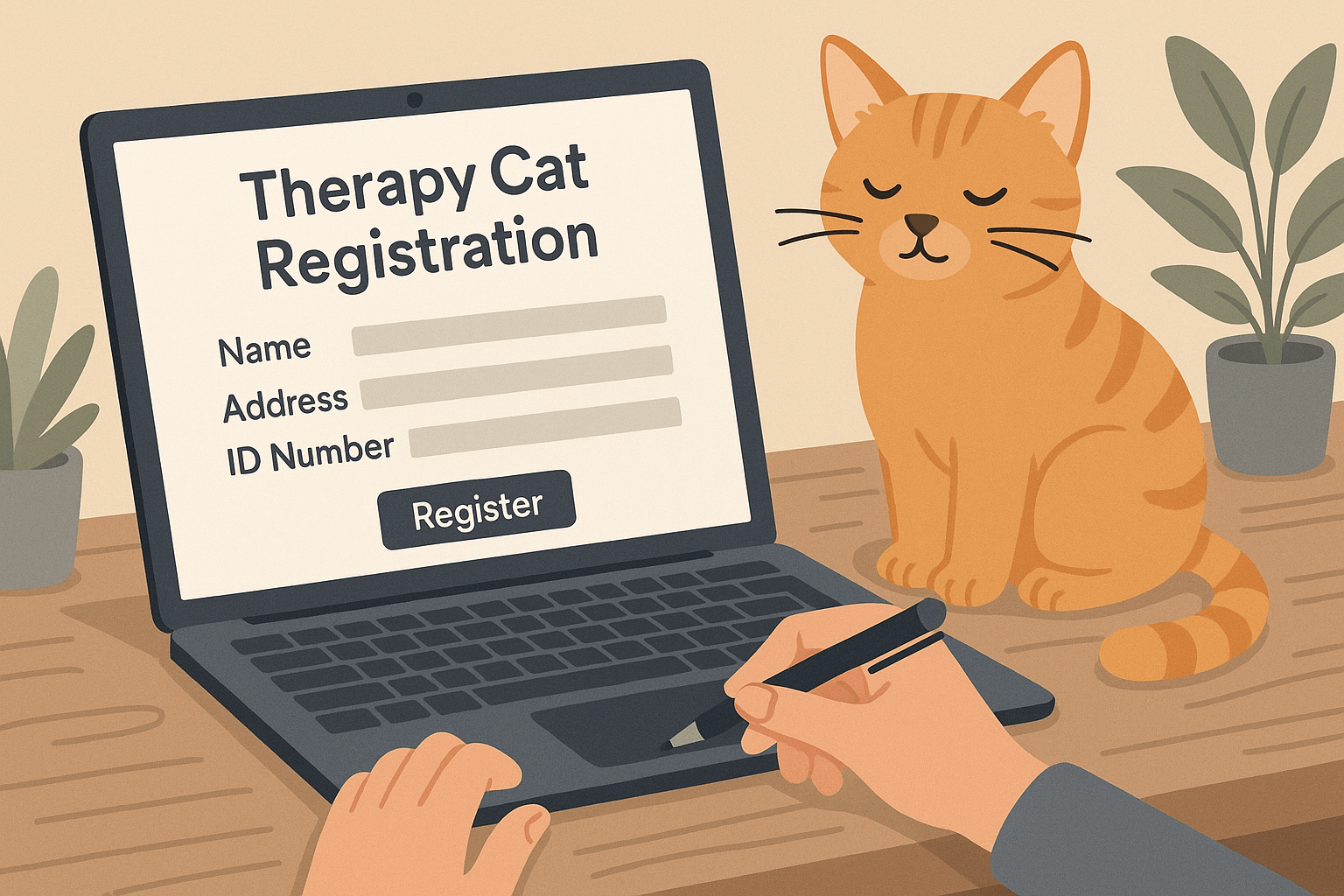How Big Should a Cat Litter Box Be?
Choosing the right litter box for your cat is more than just a matter of convenience—it’s essential for their health, comfort, and happiness. A litter box that’s too small can lead to accidents, discomfort, and even behavioral issues like avoiding the box altogether. On the other hand, a properly sized litter box encourages good habits and makes cleanup easier for you. But how do you determine the ideal size? Factors like your cat’s age, size, and preferences all play a role in finding the perfect fit. In this guide, we’ll explore everything you need to know about selecting and maintaining a litter box that meets your cat’s needs while keeping your home clean and odor-free.
General Guidelines for Litter Box Size
When it comes to litter box dimensions, there are some general rules that apply to most cats. Following these guidelines ensures your cat has enough space to move comfortably and dig without feeling cramped.
1.5 Times Your Cat’s Length:
The litter box should be at least one and a half times the length of your cat from nose to tail. This provides ample room for turning around and digging.Width Matters Too:
Ensure the box is wide enough for your cat to squat comfortably without touching the sides. Narrow boxes can make larger cats feel restricted.Height Considerations:
For cats that tend to spray or kick litter, opt for higher walls to contain messes. However, ensure older or arthritic cats can easily access the box.Depth for Digging:
Cats love to dig before and after using the box. Aim for at least 2-3 inches of litter to satisfy their natural instincts.Avoid Small Boxes for Large Breeds:
Breeds like Maine Coons or Ragdolls require extra-large boxes to accommodate their size and prevent spills.
By adhering to these sizing principles, you can create a litter box environment that feels spacious and inviting for your feline friend.
Types of Litter Boxes and Their Sizes
Not all litter boxes are created equal, and choosing the right type depends on your cat’s needs and your home’s layout. Here’s an overview of common options and their size considerations.
Open Litter Boxes:
These are simple and easy to clean but may require larger sizes to prevent litter scatter if your cat is an enthusiastic digger.Covered Litter Boxes:
Covered boxes offer privacy but must be spacious enough to avoid feeling claustrophobic. Ensure there’s plenty of headroom for taller cats.Top-Entry Litter Boxes:
Ideal for containing litter scatter, these boxes should still have enough interior space for your cat to move freely.Self-Cleaning Litter Boxes:
While convenient, many self-cleaning models are smaller. Verify they’re suitable for your cat’s size before purchasing.Multi-Cat Litter Boxes:
If you have multiple cats, consider oversized boxes or additional units to prevent overcrowding and territorial disputes.
Selecting the right type of litter box ensures both functionality and comfort for your cat.
Check this guide 👉What to Do If Your Dog Ate Cat Litter: Best 7 Tips!
Check this guide 👉Top 4 Best Cat Litter Mats for a Spotless Home!
Check this guide 👉Understanding Cat Litter Ingredients: Best 7 Expert Tips!
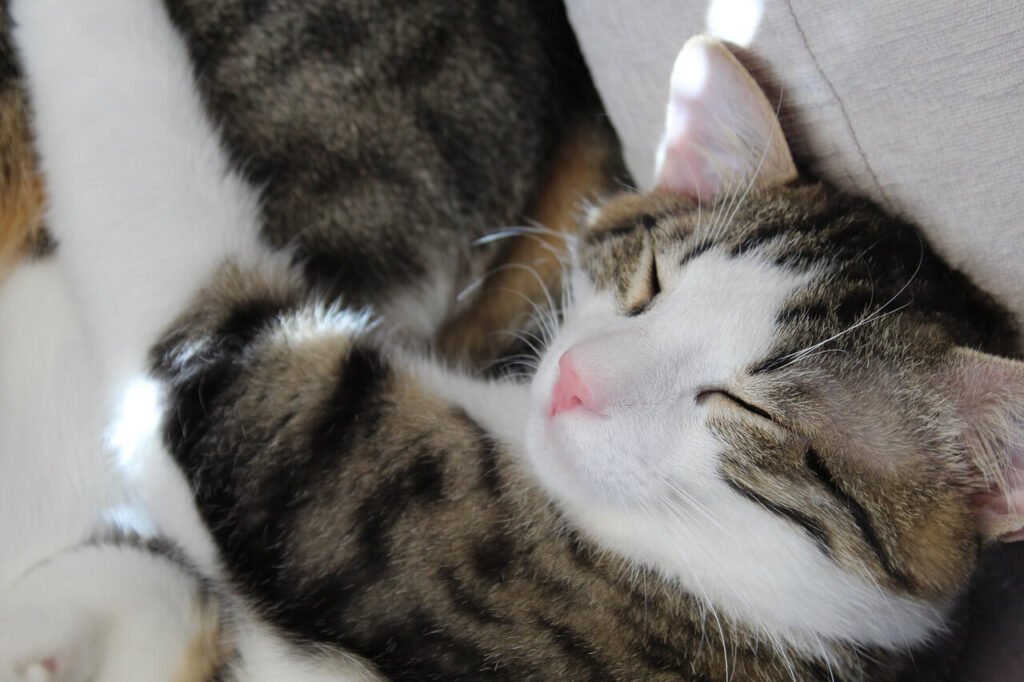
Factors to Consider for Litter Box Size | Recommended Solutions |
|---|---|
Cat’s body length (nose to tail) | Choose a box 1.5x the cat’s length |
Kicking or spraying behavior | Opt for high-walled or covered boxes |
Senior or arthritic cats | Use low-entry or shallow boxes |
Multi-cat households | Provide multiple large boxes |
Breed-specific needs | Adjust size for large breeds like Maine Coons |
Signs Your Litter Box Is Too Small
If your cat seems unhappy with their litter box, size could be the issue. Watch for these signs that indicate your current setup isn’t meeting their needs.
Accidents Outside the Box:
If your cat frequently eliminates near but not inside the box, it may be too small for them to use comfortably.Refusal to Use the Box:
Cats may avoid using a box that feels cramped or inaccessible, leading to inappropriate elimination elsewhere.Excessive Litter Scattering:
A small box often results in litter being kicked out as your cat struggles to dig and cover waste.Difficulty Turning Around:
Cats naturally turn around before settling in—if they can’t do so easily, the box is likely too small.Marking Behavior:
Spraying or marking outside the box can signal discomfort or dissatisfaction with the current setup.
Addressing these signs promptly helps restore harmony and ensures your cat’s litter box experience is stress-free.
Tips for Maintaining a Properly Sized Litter Box
Once you’ve chosen the right litter box size, proper maintenance is key to keeping it functional and appealing for your cat. Follow these tips for long-term success.
Regular Cleaning:
Scoop the box daily and replace litter completely every 1-2 weeks to prevent odors and maintain hygiene.Monitor Usage Patterns:
Observe how your cat interacts with the box—adjustments may be needed as they grow or their habits change.Rotate Old Boxes Out:
Over time, plastic litter boxes can wear down. Replace them periodically to ensure they remain durable and easy to clean.Experiment with Placement:
Even a perfectly sized box won’t work if it’s placed in an inconvenient location. Keep it in a quiet, accessible spot.Test Different Litters:
Pair your well-sized box with a litter texture your cat prefers, such as clumping, non-clumping, or silica gel.
By combining the right size with consistent care, you can create a litter box setup that works seamlessly for everyone involved.
Benefits of an Appropriately Sized Litter Box
An appropriately sized litter box offers numerous benefits beyond basic functionality. Ensuring your cat has enough space can significantly improve their quality of life.
Encourages Regular Use:
A spacious box makes it easier for your cat to follow their natural instincts without feeling confined.Reduces Stress and Anxiety:
Cats are less likely to feel anxious or frustrated when they have room to move comfortably.Minimizes Messes:
Proper sizing reduces the likelihood of litter being scattered outside the box during digging or covering.Promotes Hygiene:
With adequate space, waste is less likely to pile up in corners, making cleaning quicker and more effective.Supports Long-Term Health:
A comfortable box encourages consistent use, reducing the risk of urinary tract infections caused by holding waste.
A well-sized litter box fosters a positive relationship between your cat and their bathroom routine.
Common Mistakes to Avoid When Choosing a Litter Box
Even experienced cat owners can make mistakes when selecting a litter box. Avoiding these pitfalls ensures your cat stays content and your home remains tidy.
Underestimating Size Requirements:
Choosing a box that’s too small can frustrate your cat and lead to accidents. Always err on the side of larger sizes.Ignoring Accessibility Needs:
High-sided or difficult-to-enter boxes can deter senior or mobility-impaired cats from using them regularly.Skimping on Quality Materials:
Cheap, flimsy boxes may crack or retain odors, requiring frequent replacement. Invest in durable, easy-to-clean options.Placing the Box in Busy Areas:
Cats prefer privacy—placing the box in noisy or high-traffic areas can discourage use.Neglecting Multi-Cat Dynamics:
Failing to provide enough boxes for multiple cats can result in territorial conflicts and improper elimination.
By steering clear of these errors, you can set up a litter box environment that truly works for your cat.
How to Transition to a New Litter Box
Switching to a new or differently sized litter box requires careful planning to avoid confusing or stressing your cat. Follow these steps for a smooth transition.
Introduce Gradually:
Place the new box next to the old one and allow your cat to explore it at their own pace.Keep the Old Box Temporarily:
Leave the original box in place until your cat consistently uses the new one to avoid sudden disruptions.Maintain Familiarity:
Use the same type of litter in the new box to minimize changes during the transition period.Reward Positive Behavior:
Offer treats or praise whenever your cat successfully uses the new box to reinforce their preference.Observe Closely:
Monitor your cat’s behavior for signs of resistance or confusion, and adjust accordingly.
With patience and consistency, transitioning to a new litter box can be a seamless process for both you and your cat.
Frequently Asked Questions About Cat Litter Box Sizes
What size litter box do kittens need?
Kittens require smaller boxes initially, but be prepared to upgrade as they grow into adults.
Can I use a storage container as a litter box?
Yes, large storage containers can make excellent DIY litter boxes if properly modified for entry.
How many litter boxes should I have?
The general rule is one box per cat plus one extra to reduce competition and territorial issues.
Are deeper boxes better for big cats?
Deeper boxes provide more space for digging but should still allow easy access for elderly or disabled cats.
Do cats prefer open or covered boxes?
Preferences vary—some cats enjoy privacy, while others feel trapped in enclosed spaces. Test both types to see what works best.
Creating the Perfect Litter Box Environment
Selecting the right litter box size is a vital step in ensuring your cat’s comfort, health, and happiness. By understanding their unique needs and observing their behavior, you can choose a box that minimizes stress and promotes good habits. Remember, the perfect litter box isn’t just about size—it’s also about cleanliness, accessibility, and placement. With patience and attention to detail, you can create a litter box setup that works harmoniously for both you and your feline companion. After all, a happy cat means a cleaner, more peaceful home for everyone!
Is the Rubber Tree Cat Safe? Best 7 Expert Tips! Discover expert advice on keeping rubber plants safely in cat-friendly homes and learn top tips for pet-safe plant care.
Low Red Blood Cell Count in Cats: Best 7 Expert Tips! Discover causes, symptoms, and treatment options for feline anemia. Learn how to support your cat’s health effectively with expert advice.
Understanding Megacolon Treatment: Best 7 Expert Tips! Discover effective strategies to manage feline megacolon, from dietary changes to surgical options, ensuring your cat’s comfort and long-term health.
How to Register a Therapy Cat: Best 7 Expert Tips! Discover essential steps to certify your cat as a therapy animal, prepare them for training, and make a meaningful impact in therapeutic settings.

